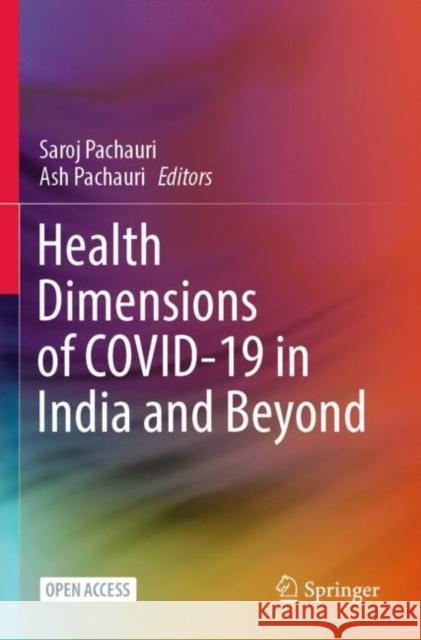Health Dimensions of Covid-19 in India and Beyond » książka
topmenu
Health Dimensions of Covid-19 in India and Beyond
ISBN-13: 9789811673870 / Angielski / Miękka / 2022 / 392 str.
Health Dimensions of Covid-19 in India and Beyond
ISBN-13: 9789811673870 / Angielski / Miękka / 2022 / 392 str.
cena 160,99
(netto: 153,32 VAT: 5%)
Najniższa cena z 30 dni: 154,18
(netto: 153,32 VAT: 5%)
Najniższa cena z 30 dni: 154,18
Termin realizacji zamówienia:
ok. 22 dni roboczych
Dostawa w 2026 r.
ok. 22 dni roboczych
Dostawa w 2026 r.
Darmowa dostawa!
Kategorie:
Kategorie BISAC:
Wydawca:
Springer Verlag, Singapore
Język:
Angielski
ISBN-13:
9789811673870
Rok wydania:
2022
Ilość stron:
392
Waga:
0.54 kg
Wymiary:
23.39 x 15.6 x 2.06
Oprawa:
Miękka
Wolumenów:
01
Dodatkowe informacje:
Wydanie ilustrowane











